The Soviet Union’s FAVORITE sausages!
1. Doktorskaya

Perhaps, the most famous and universally loved sausage in the former USSR is the ‘Doktorskaya Kolbasa’. It slightly resembles Italy’s bologna. It appeared in 1936 and was recommended for consumption after a lengthy period of famine (“for those with unstable health as a result of the Civil War and tsarist despotism”), which is how it got its name, as it literally translates as: “Doctor’s Sausage”, The recipe contains beef (25 percent), pork (70 percent), egg (3 percent) and milk (2 percent). The meat, meanwhile, was always top quality. In the 1970s, during the deficit, the makers began adding starch, with some factories refusing to follow suit. Today, although there’s no crisis, there’s even less meat, with soy added to make up for it.
2. Lyubitelskaya

The second most popular sausage was the ‘Lyubitelskaya’. This boiled sausage contained added pork fat. According to state regulations, it contained slightly more beef and less pork, but still consisted of 25 percent pork fat. It also cost slightly more than the Doktorskaya.
3. Livernaya
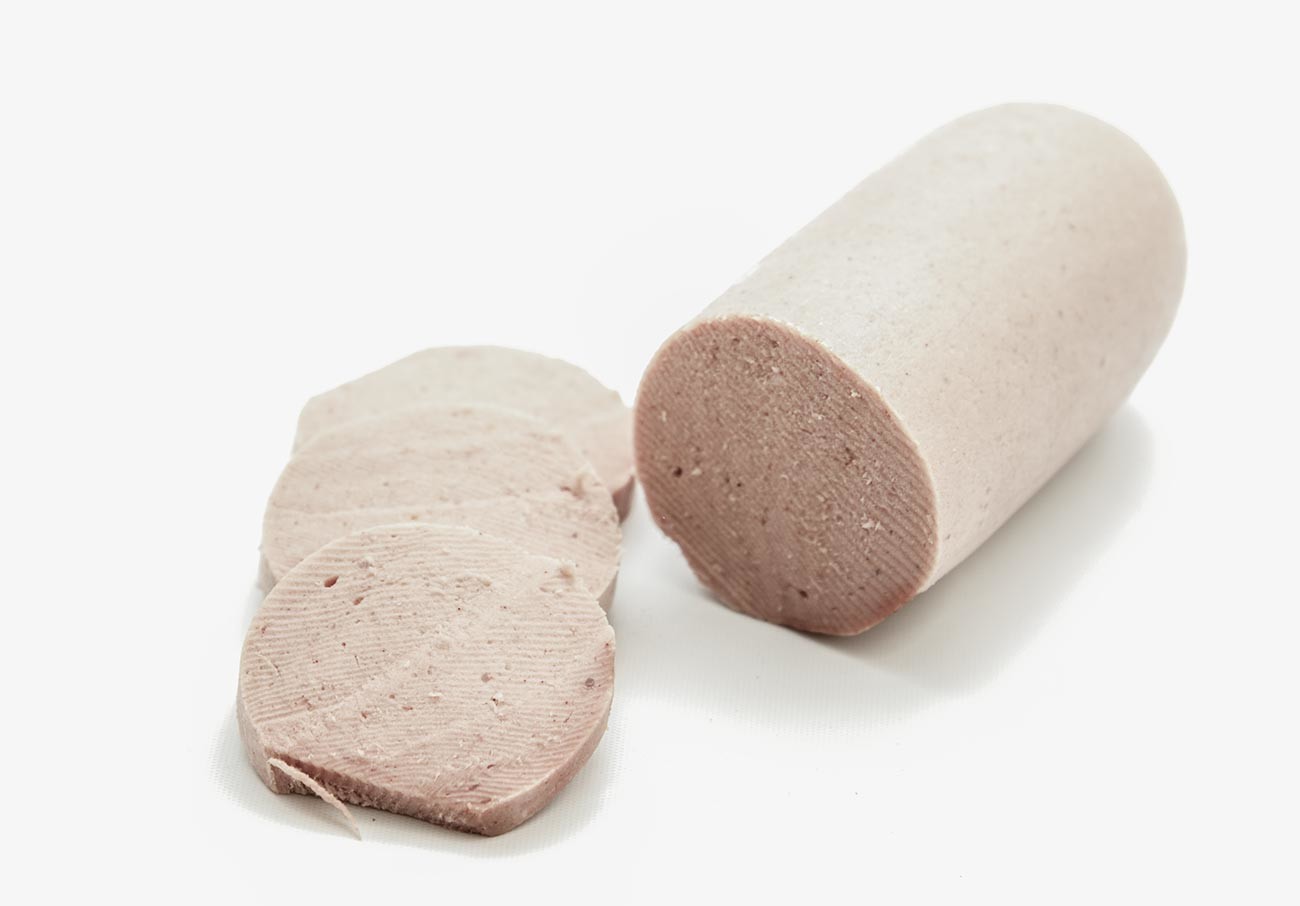
If you don’t like liver sausage, you probably haven’t tried the Soviet kind. There were three versions at different prices. It was made from 100% meat and subproducts. You could fry it, put it in a sandwich, even add it to pasta. This was also one of the cheapest sausages, so people would often buy it as a snack with drinks, usually alcoholic. The cheapest one used to be referred to as a “dog treat”.
4. Finskiy cervelat
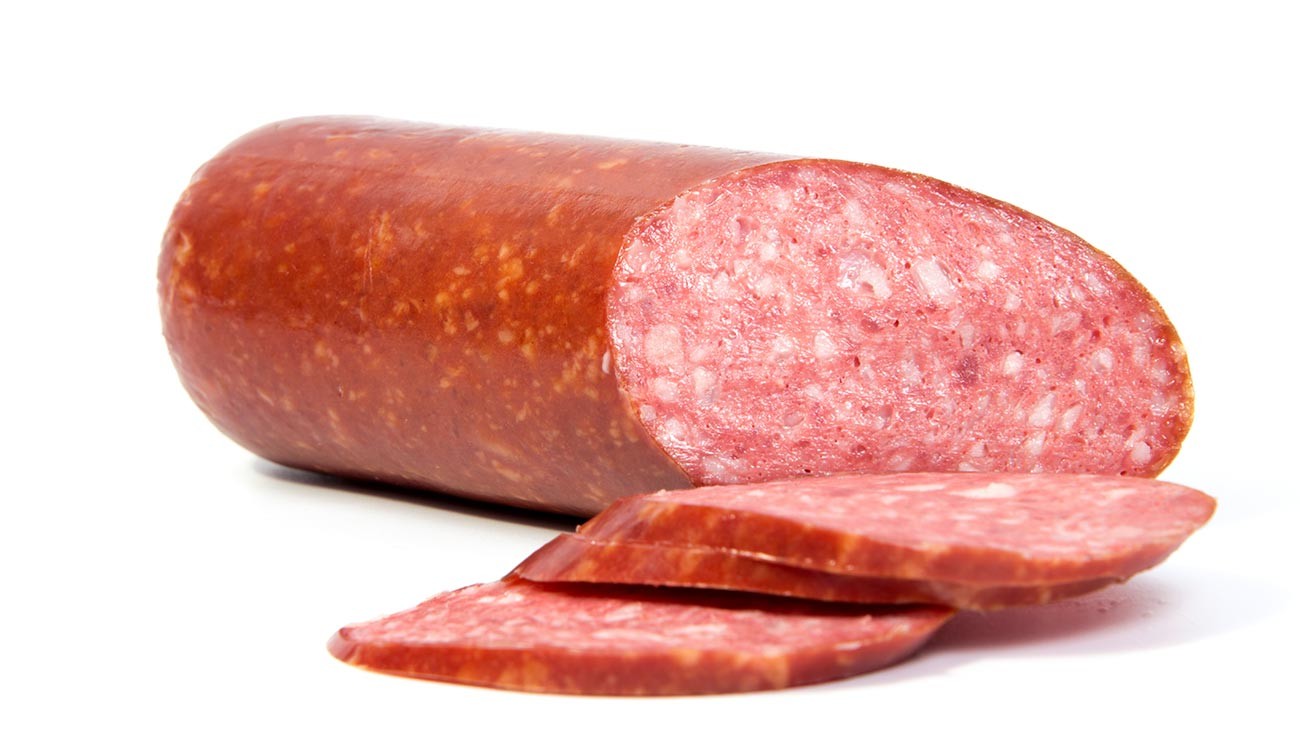
Everyone used to scour the grocery stores for this Soviet legend. Getting hold of a stick of cervelat was a real treat and it would normally be reserved for celebratory occasions - partly due to the fact that you could store it for a long time without refrigeration. The first version of the Finnish cervelat appeared in 1980, ahead of the Olympic Games in Moscow. It was imported from Finland. Muscovites took to the taste and, from then on, ‘Finnish Cervelat’ began to be produced locally.
5. Okhotnichyi Kolbaski
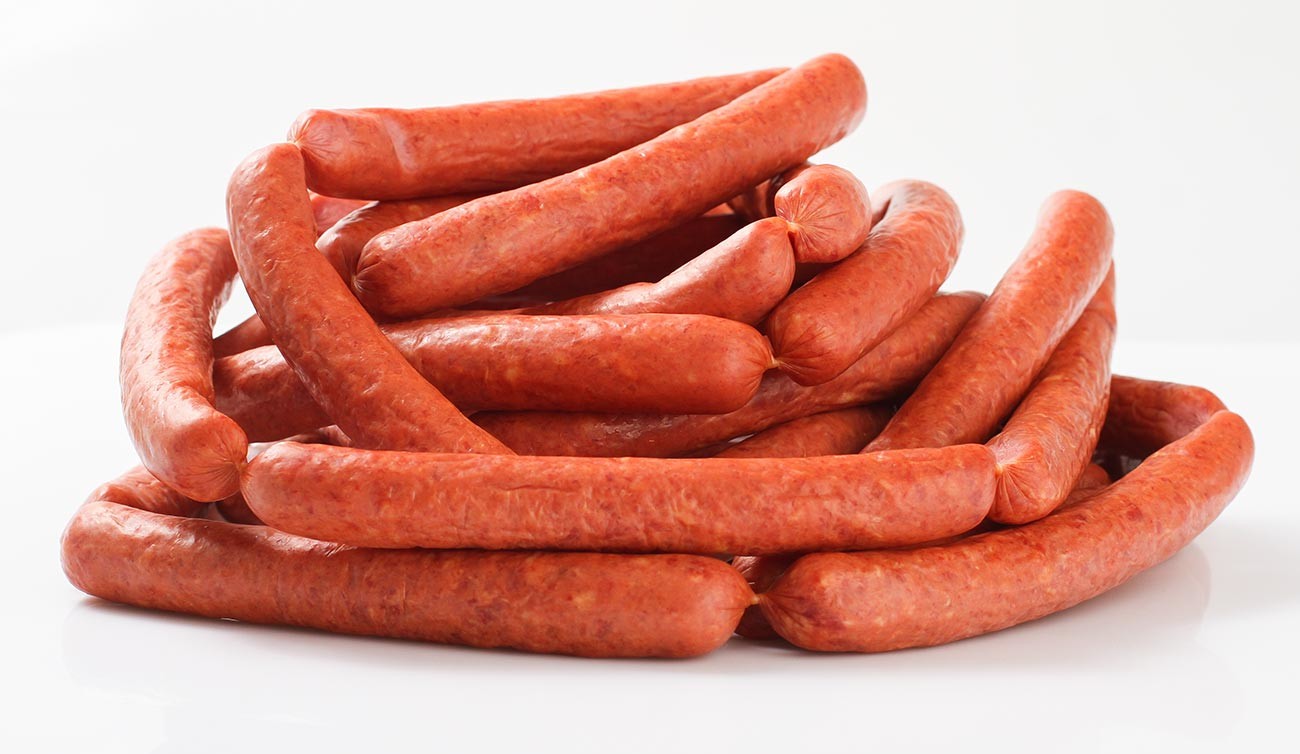
‘Hunter’s Sausages’ are said to have originated in Poland, but the USSR had their own version, as well, when they started being produced in 1938. These are essentially small, smoked sausages that were very easy to take along on a camping trip - hence the name. They always brought much joy to people - especially kids, as you didn’t see them in stores very often.
6. Krakovskaya
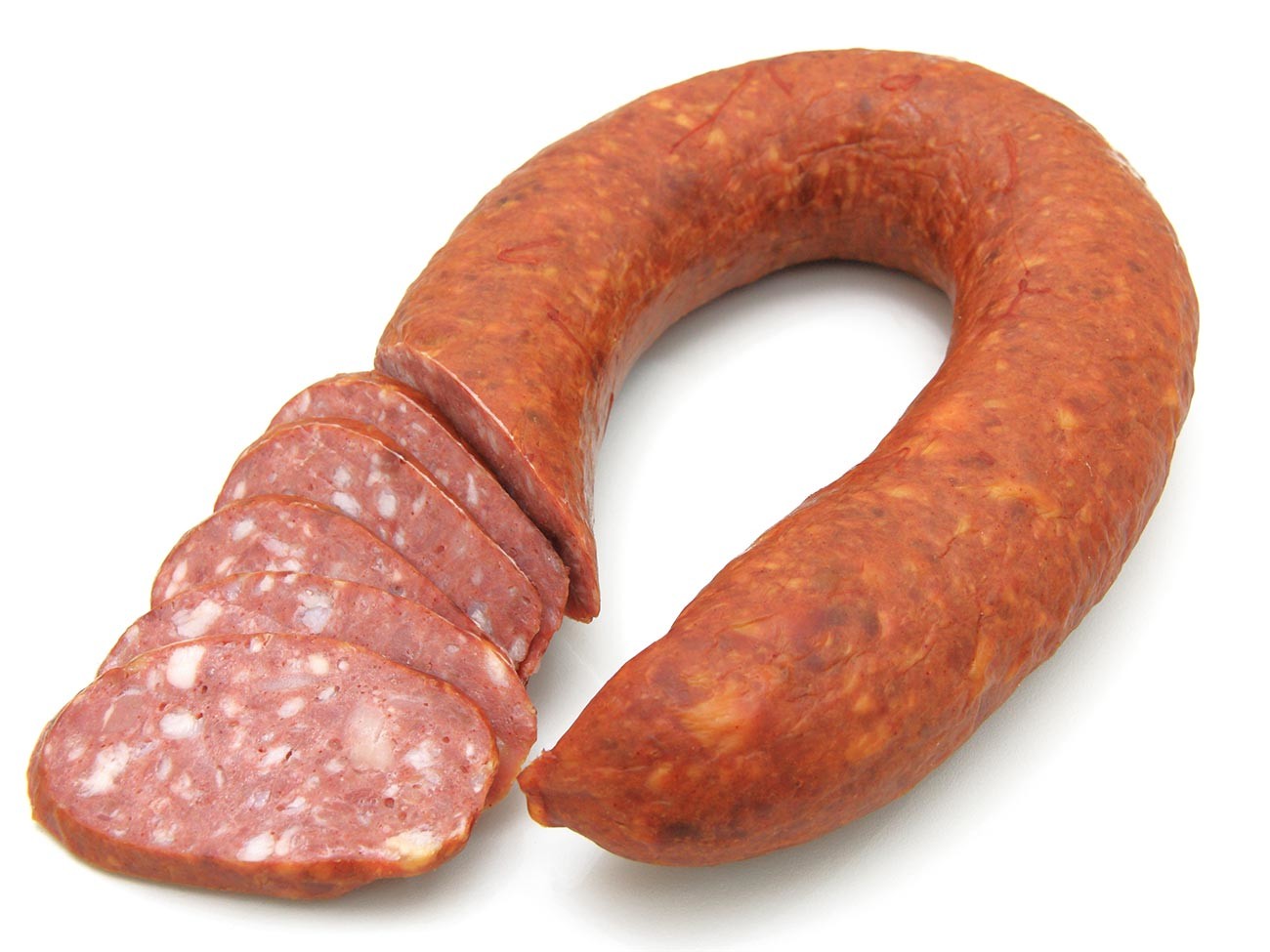
Of all the smoked sausages, the ‘Krakovskaya’, which has a recognizable horseshoe shape, was the most common to be seen in stores. It belonged to the semi-smoked category and was considerably more expensive than the boiled kind, owing to the higher fat content. Not every family was able to afford having it at their dinner or breakfast table. The original recipe of the Krakovskaya Kolbaska (taking its name from the Polish city of Krakow) appeared in Russia in the 18th century, but was only mass-produced by the Soviets, with every Soviet republic using the standard recipe. They were especially delicious when fried.
7. Moscow Cervelat
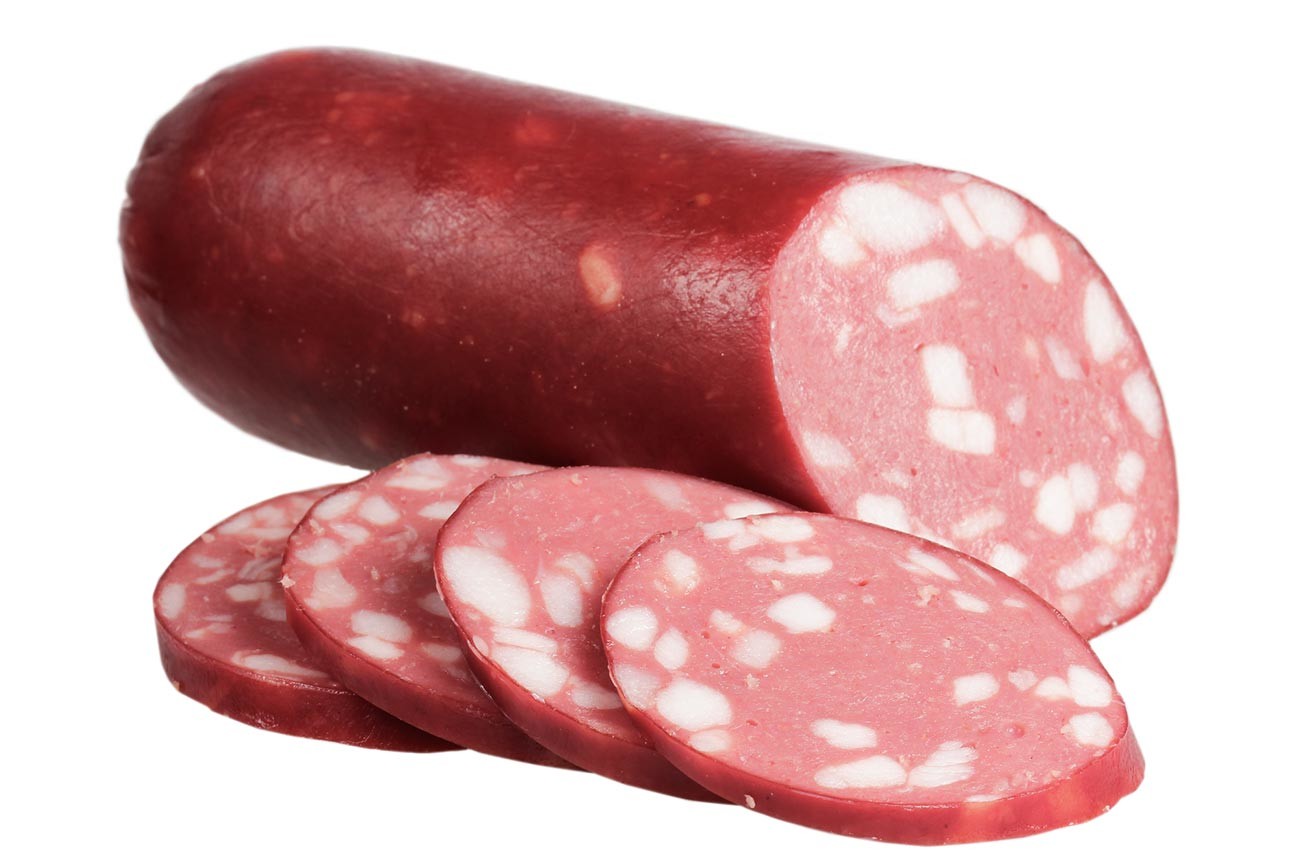
The semi-smoked ‘Moskovskaya’ was very popular and extremely hard to find, due to shortages. It wasn’t very expensive and contained 50 percent pork fat, 25 percent low-fat pork and 25 percent beef and spices. The bits of fat would be distributed equally in a slice, which made for an attractive-looking sausage that often found its way onto dinner plates when guests were invited over.
8. Odesskaya
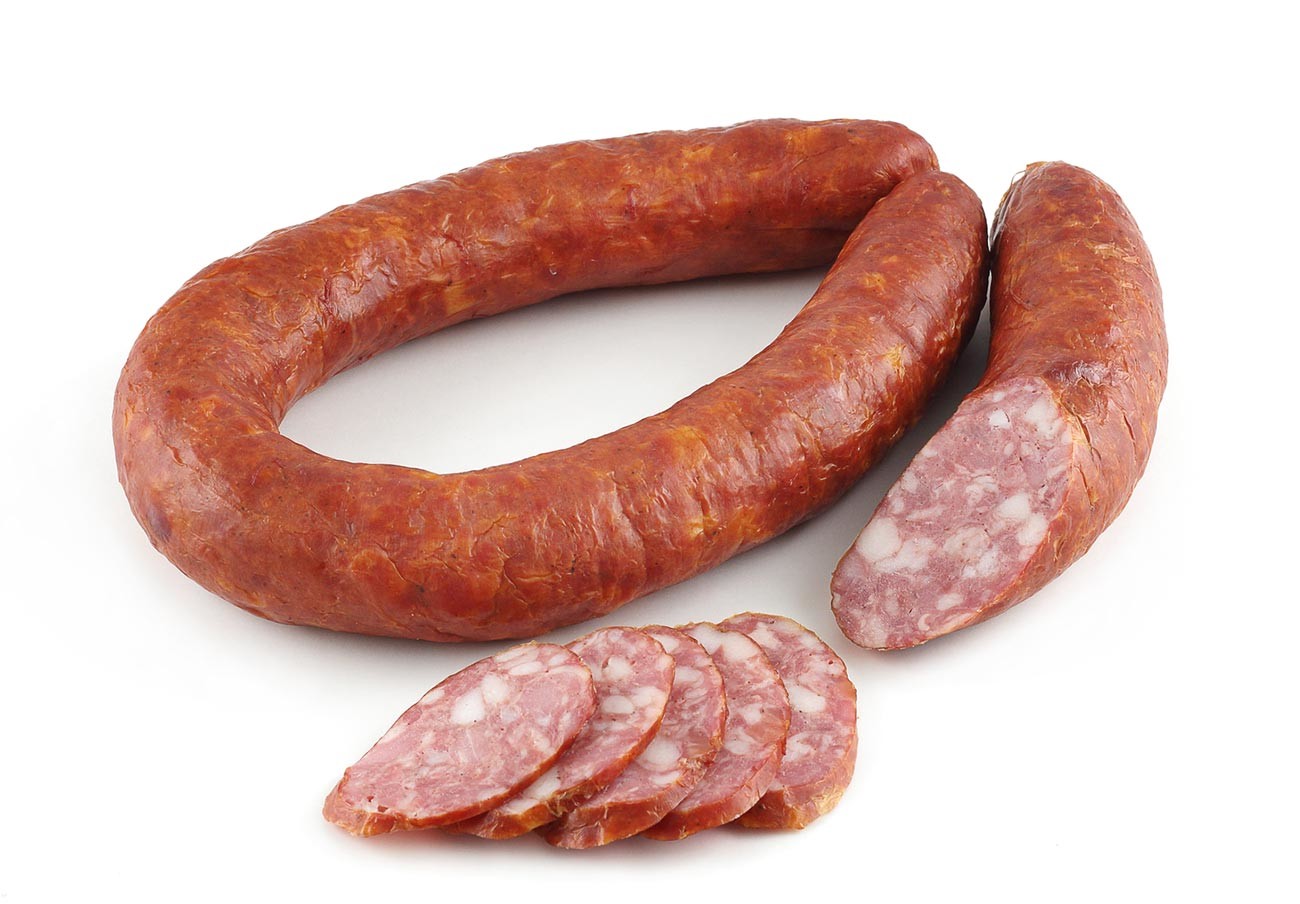
‘Odesskaya Kolbasa’ was similar to Krakovskaya in taste, but was more democratically-priced. The recipe was formulated in the 1950s and, unlike the Krakovskaya, didn’t require premium quality meat. It also contained more garlic and black pepper.
9. Stolichnaya
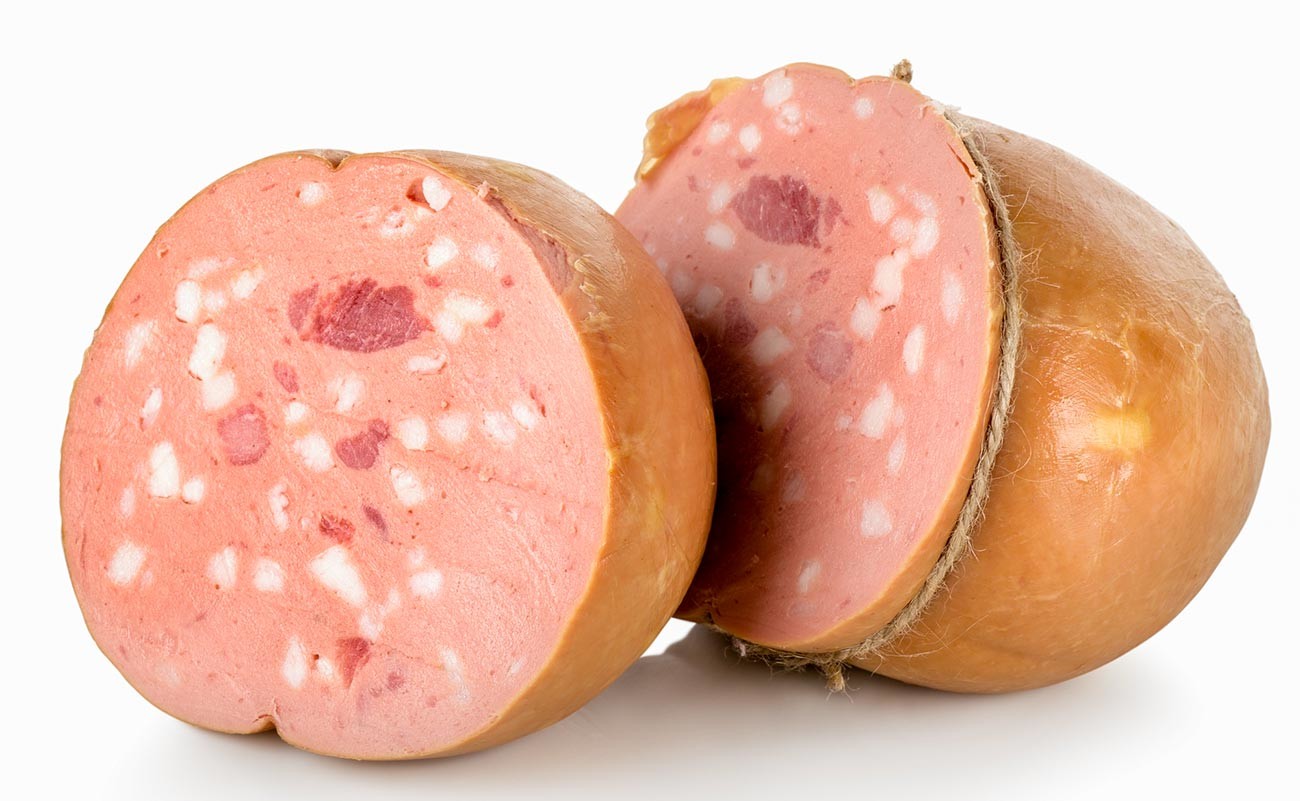
This boiled sausage was even harder to get hold of than the Finskiy Servelat. As with the Doktorskaya, this was considered a premium-class sausage. But, you couldn’t store it for very long.
10. Chaynaya

Although this boiled pork fat sausage was considered second-tier, many loved to have it for breakfast. It could also be boiled or fried with eggs.
If using any of Russia Beyond's content, partly or in full, always provide an active hyperlink to the original material.
Subscribe
to our newsletter!
Get the week's best stories straight to your inbox